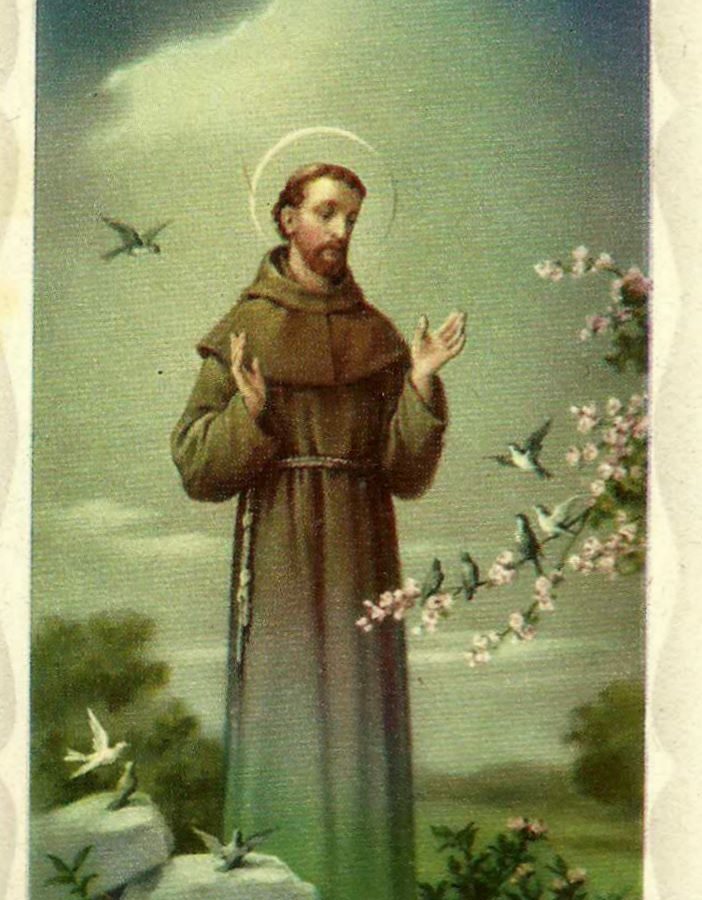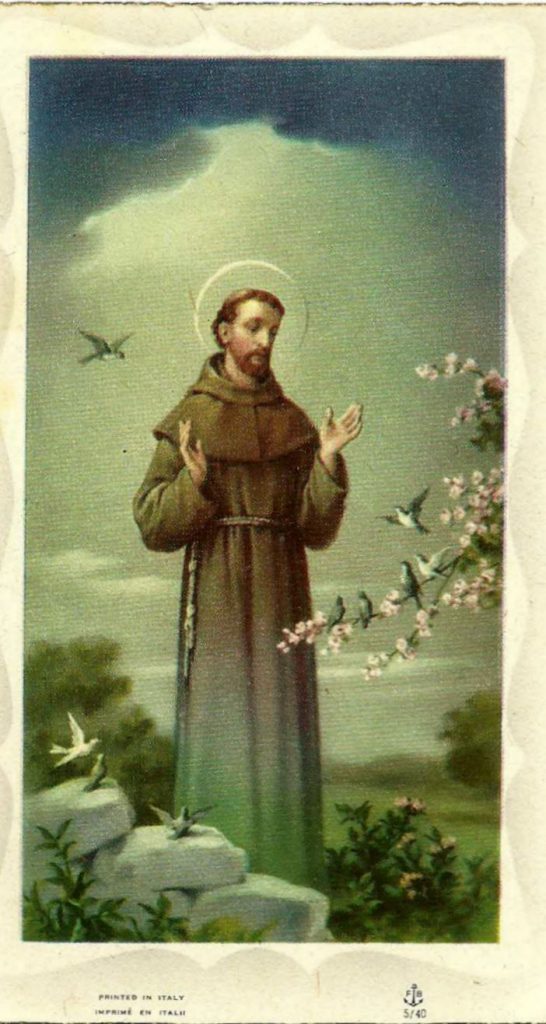 Dear Unknown Friend
Dear Unknown Friend
Like the preceding Arcana, The Arcanum ‘The Chariot’ has a twofold aspect. It represents, from one side, he who – having triumped over the three temptations – remains faithful to the vows of obedience, poverty and chastity; and it represents, from another side, the danger of the fourth temptation, which is the most subtle and intimate temptation, and is the invisible synthesis of the three temptations: the spiritual temptation of the victorious through his victory itself. It is the temptation to act ‘in one’s own name’, to act as master instead of as servant….
When you resist a temptation or renounce something desired below, you set in motion by this very fact forces of realisation of that which corresponds above to that which you came to renounce below. It is this that the Master designates by the word ‘reward’ when he says, for example, that it is necessary to guard against practising righteousness before other people in order to gain their regard, ‘for then you will have no reward from your Father who is in heaven’. (Matthew, vi, 1). Reward is therefore the action that one sets in motion above by the renunciation of desire for things below. It is the ‘yes’ from above corresponding to the ‘no’ from below. And this correspondence constitutes a basis for magical realisation and for the fundamental law of Christian Hermeticism. Let us guard ourselves from taking it lightly, for here is given to us one of the principle keys of sacred magic. It is not desire which bears magical realisation, but rather the renunciation of desire (that you have formerly experienced, of course). For renunciation through indifference has no moral – and therefore no magical – value.
*
The charioteer of the Arcanum is the victor over trials, ie, the temptations, and if he is a master, then it is thanks to himself He is alone, standing in his chariot; no one is present to applaud him or to pay homage to him; he has no weapons….The victory achieved in solitude….what glory and what danger it comprises at one and the same time! It is the only real glory, for it in no way depends on human favour and judgement;it is intrinsic glory – the real radiance of the aura becoming luminous. It is, however, at the same time the most real and the most serious spiritual danger which exists. ‘Pride’ and ‘vaingloriousness’, the traditional names which one gives to it, do not suffice to characterise it in an adequate way. It is more than this. It is, rather, a kind of mystical megalomania, where one deifies the regulating centre of one’s own being, one’s ego, and where one sees the divine only within oneself and becomes blind to the divine above and outside oneself. The ‘higher Self’ is then experienced as the supreme and it is far from the supreme and unique being….far from being God, in other words.
It would be as well, now, to dwell on the problem of identification of the self with the higher Self and of the higher Self with God.
C.G. Jung who, having explored the sexual or ‘Freudian’ layer, and then that of the will-to-power or the ‘Adlerian’ layer, of the unconscious (ie, latent or occult consciousness) of the human being, encountered a spiritual (mystical, gnostic and magical) layer during the course of his clinical and psychotherapeutic experience. Instead of drawing back from it or extricating himself from it through a corrosive ‘explanation’, he had the courage and honest to set himself to the laborious study of the phenomenology of this layer of the unconscious. Now, this work proved fruitful. Jung discovered here not only the causes of certain psychic disorders, but also the profound and intimate process that he designated as the ‘process of individuation’, which is nothing other than the gradual birth of another self (Jung called it the ‘Self’) higher to oneself or one’s ordinary ego. The discover of the process of the ‘second birth’ prompted him to extend the range of his exploratory work considerably notably to include symbolism, mystery rituals and the comparative study of contemporary and ancient religions.
Now, this broadening of his field of exploration also proved fruitful. Jung’s arrival at his discovery (which at first racked him, preventing him from speaking of it to a living soul for fifteen years) had its train of consequences, including the knowledge and description of some dangers or temptations belonging to the way of initiation and the process of individuation which corresponds to it, One of these dangers – which are at the same time trials or temptations – is that which Jung designated by the term ‘inflation’, which signifies the state of consciousness of the self inflated to excess, and which is known in psychiatry in its extreme manifestation by the term ‘megalomania’.
Meditations on the Tarot, Letter VII, The Chariot











 It was neither the straw of the crib, nor the animals that were present, which guided and enabled the mages from the East to find the Child, but rather the “star” in heaven. Similarly, in Hermeticism one will find only straw and animals if one is not guided by its “star”, which exists only for intuition. Now, it is the nineteenth Arcanum of the Tarot, which invites us to occupy ourselves quite especially with the “star” of Hermeticism in the heaven of intuition. What is this “star?” The Zohar says:
It was neither the straw of the crib, nor the animals that were present, which guided and enabled the mages from the East to find the Child, but rather the “star” in heaven. Similarly, in Hermeticism one will find only straw and animals if one is not guided by its “star”, which exists only for intuition. Now, it is the nineteenth Arcanum of the Tarot, which invites us to occupy ourselves quite especially with the “star” of Hermeticism in the heaven of intuition. What is this “star?” The Zohar says: